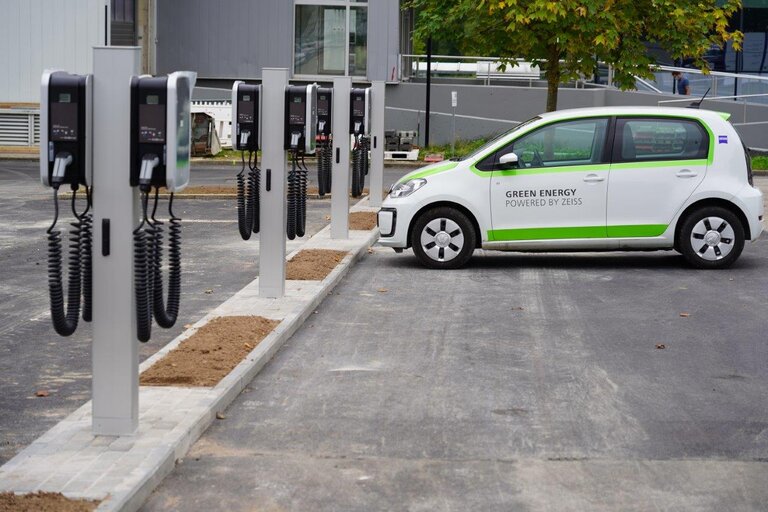Fill up, pay up and drive off – an everyday routine for cars with internal combustion engines at about 14,500 gas stations in Germany. By comparison however, the goal of recharging electric cars simply and quickly still falls short of this routine. The German government aims to see more than 900,000 additional charging points by 2030 to offer a greater incentive for purchasing electric vehicles. By that date, it is also hoped that 15 million electric cars will drive on the streets of Germany. This goal is criticized by the energy industry, which claims that the public recharging grid for electric cars already exceeds the current demand.
Marco Albrecht, Head of Smart Charging at the consulting firm Drees & Sommer SE also believes that there is a different major factor which limits successful growth in the e-mobility market: “What keeps most people from purchasing a purely electrical vehicle is especially the lack of a reliable way to recharge their vehicles in their normal everyday routine. Ideally, people who cannot set up a charging station at home need a reliable option to recharge their cars at work.”Drees & Sommer has therefore been expanding the charging infrastructure at its own sites for several years and is also supporting more and more companies of different sizes with sustainable mobility concepts with associated charging infrastructure for employees - including Carl Zeiss AG (ZEISS).
For ZEISS in Oberkochen, the experts determined an initial requirement of 120 charging points for company vehicles and employee vehicles. These went into operation in autumn 2021 - making it one of the largest charging parks in Germany. Around 350 charging points are now available to employees throughout Germany. ZEISS plans to equip ten per cent of its employee car parks with charging facilities by 2030.
Assessment of Individual Requirements
Intelligent charging infrastructure requires intelligent planning. How many charging points a company needs for a certain number of pool and employee vehicles must be calculated individually. The demand depends on how likely it is that all vehicles will visit the charging points at the same time, how much energy they each require and how long they will be parked there. Ideally, the installed charging infrastructure communicates with the central house connection and distributes the available amount of energy in the best possible way. Depending on the battery capacity and travel distance, one or two charging processes per week are sufficient in many cases, meaning that one charging point can cover the power requirements of three to four employees' electric vehicles.
Find out what companies still need to consider when setting up a charging infrastructure and why there is still no way around expanding the public charging infrastructure in Germany in our press release.
